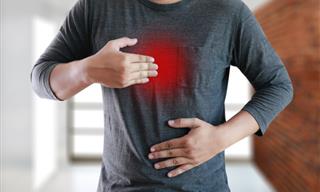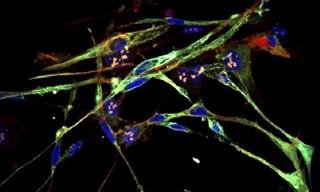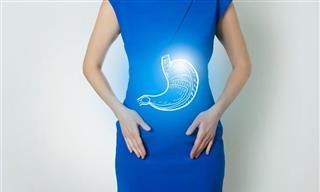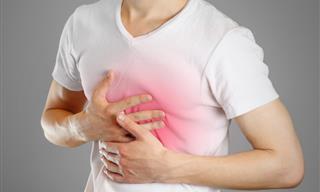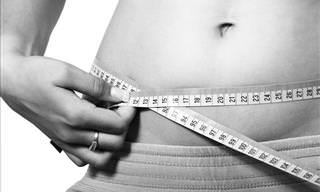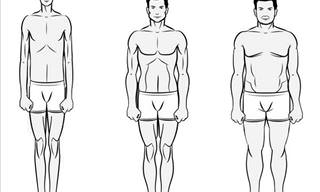Many of us wonder with envy how other people can eat as much as they want without gaining weight or why we are the only ones who feel bad after eating a certain food when everyone around us seems to be able to enjoy it. The truth is that since most diets offer the same list of recommended foods for everyone, we may feel frustrated and blame ourselves when things don’t work to our advantage. If you have identified with us so far, then we think you’d benefit from learning about the Ayurvedic diet. These dietary recommendations, based on Ayurveda, Traditional Indian medicine, classify people into several different types, each with a menu that allows them to live a healthier and more balanced life. In the following sections, you’ll learn more about the method, be able to identify which type you belong to and get recommendations for your diet.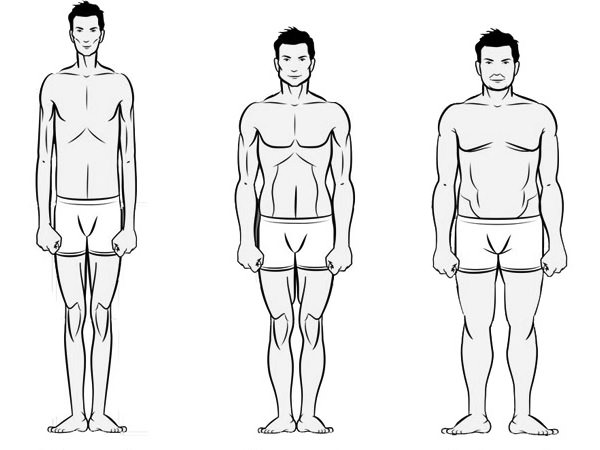
What is an Ayurvedic Diet?
It is a nutritional approach, the result of a more than 5,000-year-old medical system, which believes that each of us needs a different amount of carbohydrates, vitamins, and minerals and that a large part of our digestive disorders is related to an imbalance in our daily diet. The decision about the menu we need is related to a variety of characteristics such as body structure and hair type, as well as speech, memory, and even sleep habits. An analysis of all this makes it possible to classify each person into a separate category, called "dosha," so that they can enjoy a personal menu adapted to their needs. This approach provides an explanation for diseases or digestive problems that result from a disturbance of the balance between the doshas in our body, which can be regulated through proper eating. As opposed to what many may think, this is not a vegetarian "Indian diet" or a diet that requires adherence to a limited menu, and it allows us to continue to consume the products we know as long as they are consistent with its basic principles.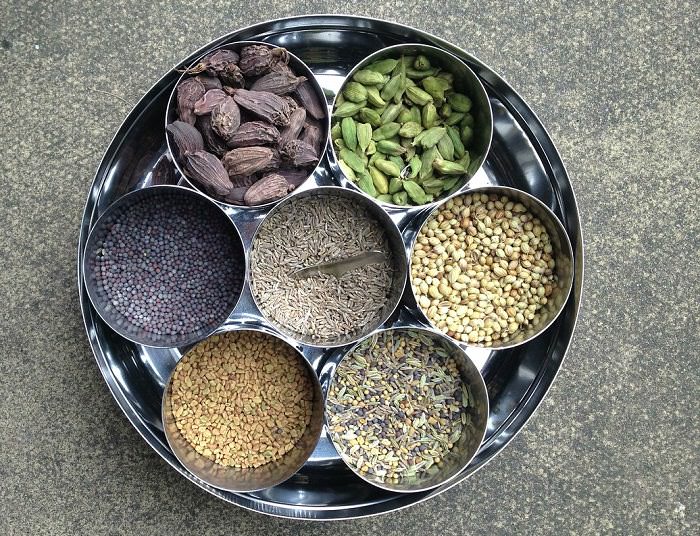
The three categories according to Ayurvedic diet
The Ayurvedic diet claims that each of us belongs to one or more categories, which affects our physical, but also emotional and mental characteristics. This category makes us who we are, and it characterizes every cell and tissue in our bodies. Diseases, emotional problems, or digestive problems are the product of the disorder that occurs in response to the food we eat, as well as the stress we experience. In general, doshas are divided into three types: Pitta, Vata, and Kapha, where most of us are affected by one dominant category, and the other two may be expressed in a secondary way or not at all. Read the description of each dosha and find the one that suits you. If there are two categories you identify with, choose the one that best reflects you, but also review the recommendations for the secondary category and gradually apply some of them over time.
1. Pitta
Pitta is an energy composed of fire and water, and people who belong to this category are highly concentrated, focused, and competitive in nature. Such people aren’t afraid to share their opinions and may be temperamental often suffering fits of anger. Their need to be on the move makes them stay active all the time, allowing them to enjoy muscular physiques and flexible joints. Their desire to do as much as possible leads to the fact that they do not need many hours of sleep, and every little noise during the night wakes them up. Many men with baldness and women with very thin hair belong to this group. When Pittas are in a state of nutritional imbalance, they may be susceptible to ulcers, infections, and itching. In addition, many of them also tend to suffer from excessive sweating, irregular exits, and even diarrhea.
2. Vata
Vata reflects the elements of space and air and is therefore very related to the respiratory system and circulatory system. People affected by this dosha are often creative, sensitive, prone to dreaminess and impulsive in nature. As a result, they may turn out to be wasteful, get excited about new things, lose interest in a short time, and be overwhelmed by situations they aren’t used to. Many artists, intellectuals and teachers are Vatas. These people have dry or thin hair and are very prone to injuries. When Vatas are in nutritional imbalance they will suffer from breathing problems, cold hands or feet, joint pain, constipation, and hair loss.
3. Kapha
People belonging to the Kapha category are influenced by earth and water, making them forgiving, very caring, nature lovers and those who take their own paths. These are people with an excellent memory, a soft, pleasant tone and a tendency toward hoarding. The concern for others sometimes comes at the expense of concern for themselves, and therefore they are very exposed to various diseases, may suffer from diabetes and obesity, and in some cases, an ongoing imbalance may also lead them to feelings of depression and lack of self-esteem. Even when these people suffer from abdominal pain or dyspepsia, this will usually not be reflected in their exits, which will continue to be regular.
Nutrition recommendations
Food intake adapted to our dominant dosha can help us feel healthy and vital, but there are also a few guidelines on which Ayurvedic nutrition is based which important to pay attention to. The main ones are:
- Try to eat only when you are hungry, regardless of the time. Many times, we get used to eating at certain hours without asking ourselves whether our bodies are actually hungry, and by doing so we unnecessarily load our bodies with food.
- Listening to our body will make it possible to identify not only feelings of hunger, but also pain and various medical problems in their early stages, feelings that we often learn to miss over the years.
- Avoid as much as possible cold foods or meals based solely on salads. Food should warm you up from the inside, meaning even if you happen to eat a cold meal, add a hot side dish.
- If you drink while you are eating, choose warm water and avoid drinking from the refrigerator or adding ice to your drink.
- Just before eating, turn off the TV, close your book, and concentrate only on the plate in front of you. This kind of eating will allow you to feel when you are satiated, help you understand whether a particular food is causing you discomfort, and teach you to eat slowly and calmly.
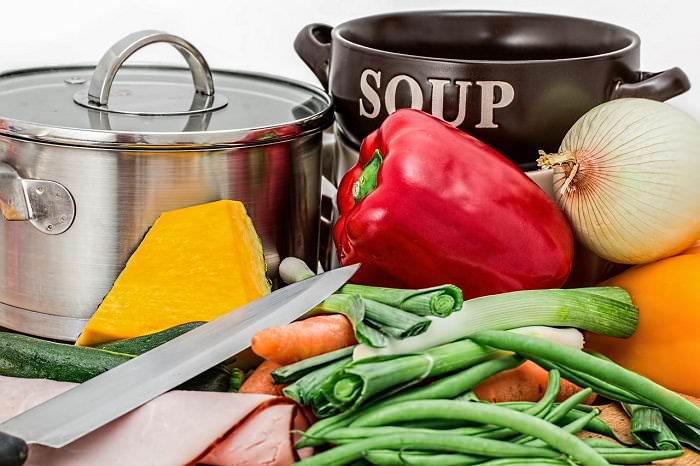
Recommended menu for Pittas
The recommendations for Pittas are those that will help them enjoy healthy and nutritious foods that don’t cause inflammation or heartburn.
- Breakfast - Try to start the day with a cup of un-caffeinated tea, and to minimize coffee intake. You can eat fruit, like an apple or a pear, as long as it is sweet and ripe, and avoid sour fruits such as grapefruit or blueberries. If you like bananas, be sure to eat very ripe bananas.
- Lunch – Your big meal of the day is lunch, but you may often choose processed or fried food, which is very damaging to you because of the amount of salt these foods contain. Even red meat, which isn’t recommended for any of the doshas, is especially harmful to you because of the fat in it, which warms the body too much. Therefore, it is recommended that you avoid it altogether and replace it with chicken if you’re interested in consuming meat. If you are frying your dish, use olive oil or sunflower oil, and avoid corn oil, sesame oil or almond oil. Next, to the chicken, you can add green leafy vegetables such as broccoli, cauliflower or peas. Avoid vegetables that may be spicy or sour, such as onions, spinach, or garlic.
- Dinner - Finish the day with oatmeal or a sandwich. Rye bread or millet may be difficult for you to digest, so you shouldn’t eat them if you feel heavy or pain after consuming them.
- Seasoning - Although according to the general guidelines of the Ayurvedic diet it is recommended to eat hot foods, many spices may excessively warm a Pittas body. For this reason, people in this category should minimize consumption. Cut as much spicy and salty spices out of your diet as possible, and use very little ketchup and mustard. Try to season your dishes with sweeter spices such as cardamom, turmeric and so on. You can also add very little black pepper if necessary.

Recommended menu for Vatas
The recommendations for Vatas will help you feel full all day long and include food that will allow you to enjoy a healthy and simple digestion process and avoid unnecessary snacking.
- Breakfast - Vatas may feel a decrease in energy in the afternoon, as well as tired and depressed. For this purpose, it is important to avoid skipping breakfast to get a shot of energy and reduce the chance of falling into a snooze attack in the workplace later in the day. Start your day with hot porridge, which will calm your stomach, especially on cold winter days, or with toast and jam alongside an herbal tea.
- Lunch - Avoid eating too much in the afternoon, opting to divide your meal into two portions eaten several hours apart, if possible. Try to avoid raw vegetables, especially when it comes to cold vegetable salad, and try to substitute it for cooked or steamed vegetables, or even rice. When cooking vegetables or food, try to use sesame oil. When it comes to meat, reduce as much red meat intake as possible, and replace it with chicken or turkey.
- Dinner - Even at dinner, try to eat hot food. You can end the day with a soup that will allow you to feel full without putting too much strain on your digestive system.
- Seasoning - When adding spices to food, avoid bitter spices such as saffron or turmeric, and prefer cinnamon, anise, and so on.
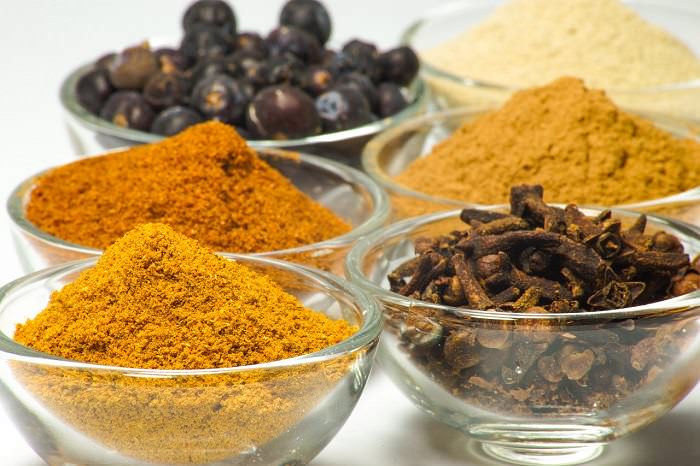
Recommended menu for Kaphas
The principles that guide the recommended Kapha menu are those that help give the body energy throughout the day on the one hand, but at the same time allow you to avoid overeating and sweets.
- Breakfast - Don’t force yourself to eat a lot in the morning if you aren’t hungry. You can start your day with a small meal that will allow you to enjoy the energy you’re providing it with, without putting your digestive system under strain. If you don’t feel hungry at all, drink a glass of warm water with a thin slice of lemon. Kaphas are advised to reduce dairy product consumption, so if you drink coffee in the morning, try to reduce the amount of milk you add to it.
- Lunch - Unlike the recommendations given to Pittas and Vatas, Kaphas are advised to consume raw vegetables in light of the large amounts of fiber they have, which contribute to the health of their intestines and at the same time their sense of satiety. You can cut yourself a salad, which is a great source of a variety of vitamins, but avoid adding sweet vegetables like sweet potatoes, and prefer as many leafy and green vegetables as possible. In addition, it is recommended that you give up fast food, which contains a lot of fat and seasoning, and choose a "dry" cooking method for preparing your food, ie, not using water, such as baking or roasting food instead of steaming or boiling.
- Dinner - Hot porridge or rice, which are recommended in the other categories, are considered too heavy for the Kapha, so it is best to give them up, especially during the hours before bedtime. Choose a small salad, or chopped vegetables alongside a slice of rye bread with a spread.
- Seasoning - Choose bitter, spicy spices to help control your appetite, over sour, salty, or sweet spices. One of the most recommended spices for you is ginger.
 Go to BabaMail
Go to BabaMail












